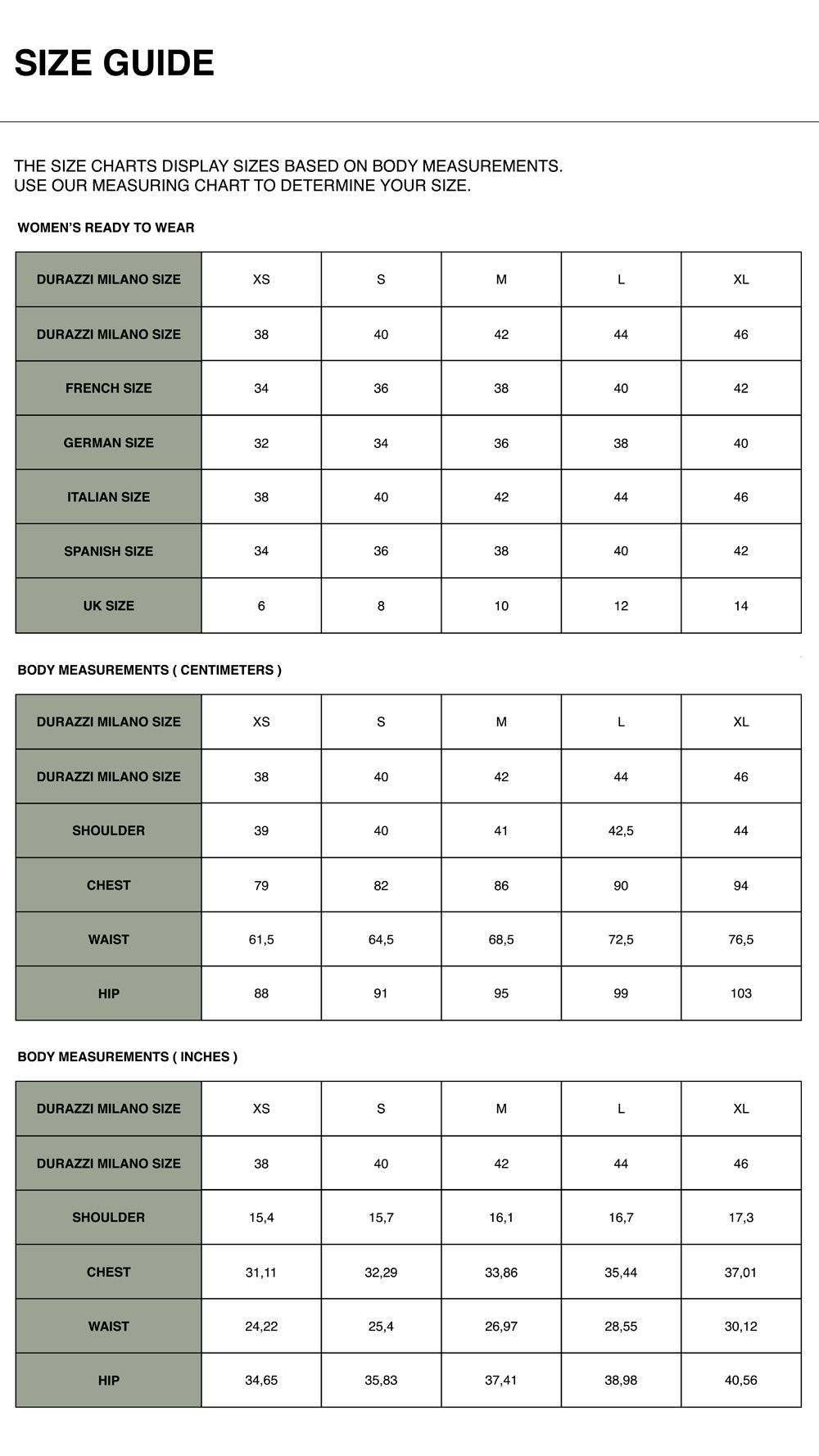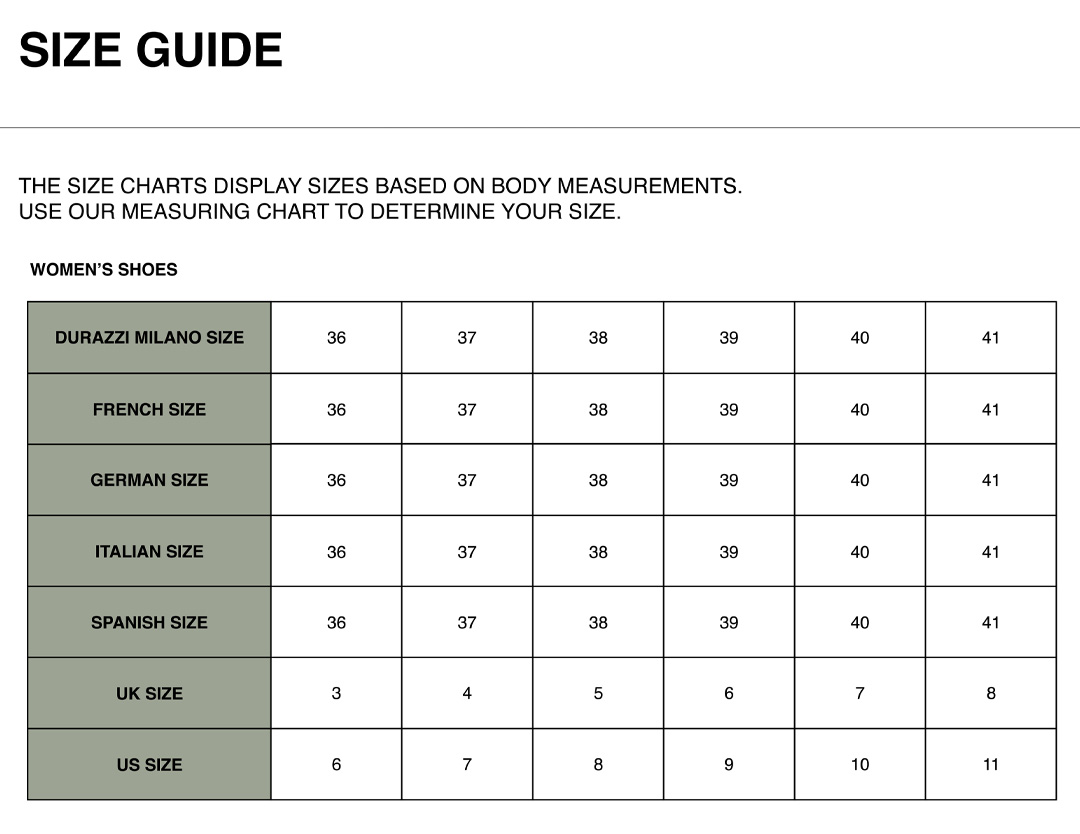FALL WINTER 22_23 COLLECTION
The horse is a powerful symbol. It is dust rising from thundering hooves, the patient and constant striving
to impose rules and rhythms. It is wild splendour, the tenacity that overcomes every crazy variable.
The connection between humans and horses has for some time been the subject of energetic and spiritual
anthropological research which can highlight empathy and similarities, whether manifest or latent, within
this ancient, mysterious and fascinating relationship.
Those are the roots of the FW 22_23 DURAZZI MILANO collection. It aims to turn compositional rules on
their head, and resist any definition, combining ideas that have developed out of a range of environments.
It is inspired by untried pairings which, rearranged into a coded language, are transferred onto textiles that
show the influence of sophisticated and artistic visions.
The shapes hint at compositional purity and rigour, a distinctive trait of the DURAZZI MILANO world, with
dramatic cuts and intricate details dominated by colour schemes arising from material, and which convey
an identifying concept.
The full and empty geometrical spaces of Italian rationalist architecture, the pure lines in which Oscar
Niemeyer carves out space, the zen-like suspension of Minimalism – all these can be found in a collection in
which, as in the best of iconic Italian design, every single detail is the aesthetic implementation of a
functionality, and in which even what seems unfinished is the outcome of a precise aesthetic vision.
Inspiration from the equestrian world develops into the creation of an Amazon, a wild figure who has
acquired her superpowers from nature and the animal kingdom. These are women imagined by another
woman who is in perfect harmony with the idea of the female gaze, and who is seeking to demolish the
male viewpoint from which stories have been told for centuries.
DURAZZI MILANO carries the message of femininity inspired by the hybridising visions of great artists from
the twentieth century, from the sculptural physicality of Louise Bourgeois, Birgit Jürgenssen’s masks and
Meret Oppenheim’s biomorphic objects to the erotic figures of Carol Rama.
And so we have a cut out in leather trousers that allows the wearer’s skin to emerge, and mohair manes
flowing out of jacket sleeves, on quilt skirts that are shaped like saddles, or on the back of tights that paint
a new sensuality with a sweetly fetishistic touch.
















